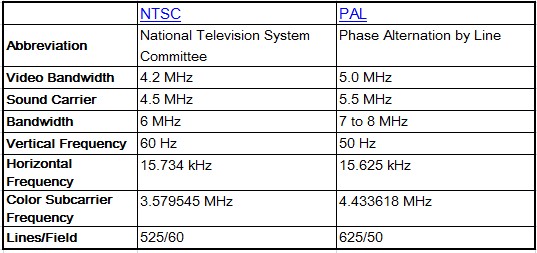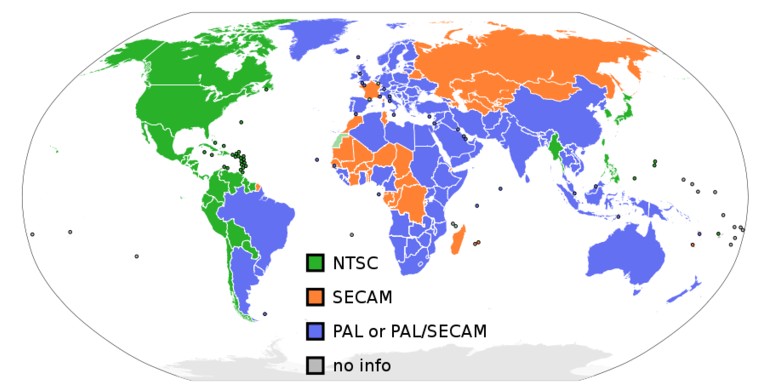Products Category
- FM Transmitter
- 0-50w 50w-1000w 2kw-10kw 10kw+
- TV Transmitter
- 0-50w 50-1kw 2kw-10kw
- FM Antenna
- TV Antenna
- Antenna Accessory
- Cable Connector Power Splitter Dummy Load
- RF Transistor
- Power Supply
- Audio Equipments
- DTV Front End Equipment
- Link System
- STL system Microwave Link system
- FM Radio
- Power Meter
- Other Products
- Special for Coronavirus
Products Tags
Fmuser Sites
- es.fmuser.net
- it.fmuser.net
- fr.fmuser.net
- de.fmuser.net
- af.fmuser.net ->Afrikaans
- sq.fmuser.net ->Albanian
- ar.fmuser.net ->Arabic
- hy.fmuser.net ->Armenian
- az.fmuser.net ->Azerbaijani
- eu.fmuser.net ->Basque
- be.fmuser.net ->Belarusian
- bg.fmuser.net ->Bulgarian
- ca.fmuser.net ->Catalan
- zh-CN.fmuser.net ->Chinese (Simplified)
- zh-TW.fmuser.net ->Chinese (Traditional)
- hr.fmuser.net ->Croatian
- cs.fmuser.net ->Czech
- da.fmuser.net ->Danish
- nl.fmuser.net ->Dutch
- et.fmuser.net ->Estonian
- tl.fmuser.net ->Filipino
- fi.fmuser.net ->Finnish
- fr.fmuser.net ->French
- gl.fmuser.net ->Galician
- ka.fmuser.net ->Georgian
- de.fmuser.net ->German
- el.fmuser.net ->Greek
- ht.fmuser.net ->Haitian Creole
- iw.fmuser.net ->Hebrew
- hi.fmuser.net ->Hindi
- hu.fmuser.net ->Hungarian
- is.fmuser.net ->Icelandic
- id.fmuser.net ->Indonesian
- ga.fmuser.net ->Irish
- it.fmuser.net ->Italian
- ja.fmuser.net ->Japanese
- ko.fmuser.net ->Korean
- lv.fmuser.net ->Latvian
- lt.fmuser.net ->Lithuanian
- mk.fmuser.net ->Macedonian
- ms.fmuser.net ->Malay
- mt.fmuser.net ->Maltese
- no.fmuser.net ->Norwegian
- fa.fmuser.net ->Persian
- pl.fmuser.net ->Polish
- pt.fmuser.net ->Portuguese
- ro.fmuser.net ->Romanian
- ru.fmuser.net ->Russian
- sr.fmuser.net ->Serbian
- sk.fmuser.net ->Slovak
- sl.fmuser.net ->Slovenian
- es.fmuser.net ->Spanish
- sw.fmuser.net ->Swahili
- sv.fmuser.net ->Swedish
- th.fmuser.net ->Thai
- tr.fmuser.net ->Turkish
- uk.fmuser.net ->Ukrainian
- ur.fmuser.net ->Urdu
- vi.fmuser.net ->Vietnamese
- cy.fmuser.net ->Welsh
- yi.fmuser.net ->Yiddish
What's the difference between PAL and NTSC
NTSC delivers a frame rate of 30 fps at an aspect ratio of 720x480, and is used in North America, Japan and South Korea. PAL is a different video standard that is incompatible with NTSC; it uses a fame rate of 25 fps and 720x576 aspect ratio, and is used in most of Europe, Australia and large parts of Africa and Asia. The differences between NTSC and PAL are the reason why some DVDs or VHS tapes from Europe may not play in the United States and vice versa. Most European DVD players can read NTSC and most PAL TVs can display NTSC video. But NTSC DVD players usually cannot read PAL.

Countries that use NTSC vs. PAL

NTSC (National Television System Committee) is used in Canada, Chile, Costa Rica, Cuba, Dominican Republic, Ecuador, Japan, Mexico, Nicaragua, Panama, Peru, Philippines, Puerto Rico, South
Korea, Taiwan and U.S.A. PAL (Phase Alternating Line) is used in Afghanistan, Algeria, Argentina, Austria, Australia, Bangladesh, Belgium, Brazil, Bulgaria, China, Denmark, Finland, Germany, Hong Kong,
Iceland, India, Indonesia, Iraq, Ireland, Israel, Italy, Jordan, Kenya, Kuwait, Liberia, Malaysia, Netherlands, Nigeria, Norway, New Guinea, Pakistan, Singapore, South Africa, South W. Africa, Sudan, Sweden,
Switzerland, Thailand, Turkey, Uganda, United Kingdom, United Arab Emirates, Yugoslavia, Zambia and Zimbabwe.
Differences in Color encoding in PAL and NTSC
NTSC receivers have a tint control to perform color correction manually. If this is not adjusted correctly, the colors may be faulty. The PAL standard automatically removes hue errors by utilizing phase alternation of the color signal (see technical details), so a tint control is unnecessary. Chrominance phase errors in the PAL system are canceled out using a 1H delay line resulting in lower saturation, which is much less noticeable to the eye than NTSC hue errors.
However, the alternation of color information — Hanover bars — can lead to picture grain on pictures with extreme phase errors even in PAL systems, if decoder circuits are misaligned or use the simplified decoders of early designs (to overcome royalty restrictions). Usually such extreme phase shifts do not occur; this effect will usually be observed when the transmission path is poor, typically in built up areas or where the terrain is unfavorable. The effect is more noticeable on UHF signals than VHF as VHF signals tend to be more robust.
A PAL decoder can be seen as a pair of NTSC decoders:
PAL can be decoded with two NTSC decoders.
By switching between the two NTSC decoders every other line it is possible to decode PAL without a phase delay line or two phase-locked loop (PLL) circuits.
This works because one decoder receives a color sub carrier with negated phase in relation to the other decoder. It then negates the phase of that sub carrier when decoding. This leads to smaller phase errors being cancelled out. However a delay line PAL decoder gives superior performance. Some Japanese TVs originally used the dual NTSC method to avoid paying royalty to Telefunken.
PAL and NTSC have slightly divergent colour spaces, but the color decoder differences here are ignored.
PAL supports SMPTE 498.3 while NTSC is compliant with EBU Recommendation 14.The issue of frame rates and color sub carriers is ignored in this technical explanation. These technical details play no direct role (except as subsystems and physical parameters) to the decoding of thesignal.
PAL lines go out at 50 fields per second (since Europe uses a 50 hertz power supply) i.e. 25 alternating lines. PAL televisions produce 25 frames per second, that causes motion to be displayed faster. PAL may have fewer frames per second, but it also has more lines than NTSC. PAL television broadcasts have 625 lines of resolution, compared to NTSC's 525. More lines means more visual information, which equals better picture quality and resolution.
Conversion from NTSC to PAL and vice versa
If a PAL movie is converted to an NTSC tape, 5 extra frames must be added per second or the action might seem jerky. The opposite is true for an NTSC movie converted to PAL. Five frames must be removed per second or the action may seem unnaturally slow.
Video explaining the differences
In this short clip from the iMovie HD Troubleshooting Guide, the differences between the PAL and NTSC video formats are clearly explained.
http://www.youtube.com/watch?v=91P2cfGeRGY&feature=youtu.be

